Story contributed by reader Siti Sarah Aziz
NTU Sports and Recreation Hall 2, Saturday, May 17, 2008 – The National University of Singapore edged out the Nanyang Technological University 10-9 in a recent Silat Invitational Friendly.
For the second year running, the National University of Singapore and the Nanyang Technological University duelled with each other at the NTU Sports and Recreation Hall 2, giving each team an opportunity to judge their opponents’ capabilities, and more importantly, to gain experience. The invitational ran from 10.30am to 3.30pm, with a total of eighteen matches played.
Certified umpires and jury (better known in the silat context as the Wasit Juri Committee) were invited to referee the event. This was to create an environment as close as possible to the actual Silat Invitational yet to come. Before the start of the invitational proper, the Chief Umpire, Ketua Pengadilan, gave a performance to signify the beginning of the matches. This performance is also known as pembukaan gelanggang.
Each match consisted of two rounds of three minutes, with a resting period of 30 seconds in between. Having competed in invitationals in Malaysia recently (refer to www.ssnsg.com.sg), most of the NTU pesilat clearly had more experience than the team from NUS. Nevertheless, NUS’ exponents took the challenge head-on.
Applying the techniques and strategies taught by their respective coaches, the athletes did not disappoint. With impressive moves like the front sweep, back sweep, fancy throws and other jaw-dropping stunts, this year’s friendly was not one to miss. What differentiates silat from other martial arts is the compulsory aesthetic movement before each attack (pola langkah). Based on one’s creativity and strategy, pola langkah adds to the elegance of the sequence of attack, and each step carries a meaning. The more elegant the pola langkah, the more points may be awarded to the pesilat by the Wasit Juri Committee.
Both clubs gave each other a tough fight, bringing it down to the final few matches to break the seemingly never-ending tie. NTU enjoyed an early trail of victory, leading 3-0, after which NUS gained momentum and evened out the score. Eventually, NUS managed to break the tie after winning two consecutive matches towards the end of the friendly. The NUS silat club tasted victory for the second year running, with a close win by one.
Unlike other invitationals, no trophies were awarded for the best player or better team. Everyone took home a prize far more valuable – a first-time sparring experience for some, and for others, a sense of camaraderie outside the ring amongst rivals in the ring. With the annual Silat Invitational in less than a month, silat fans can look forward to watching athletes from all ten participating tertiary institutions.

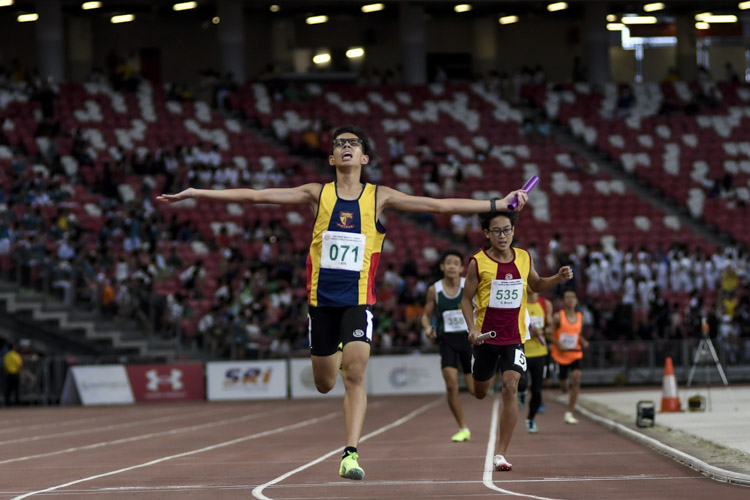
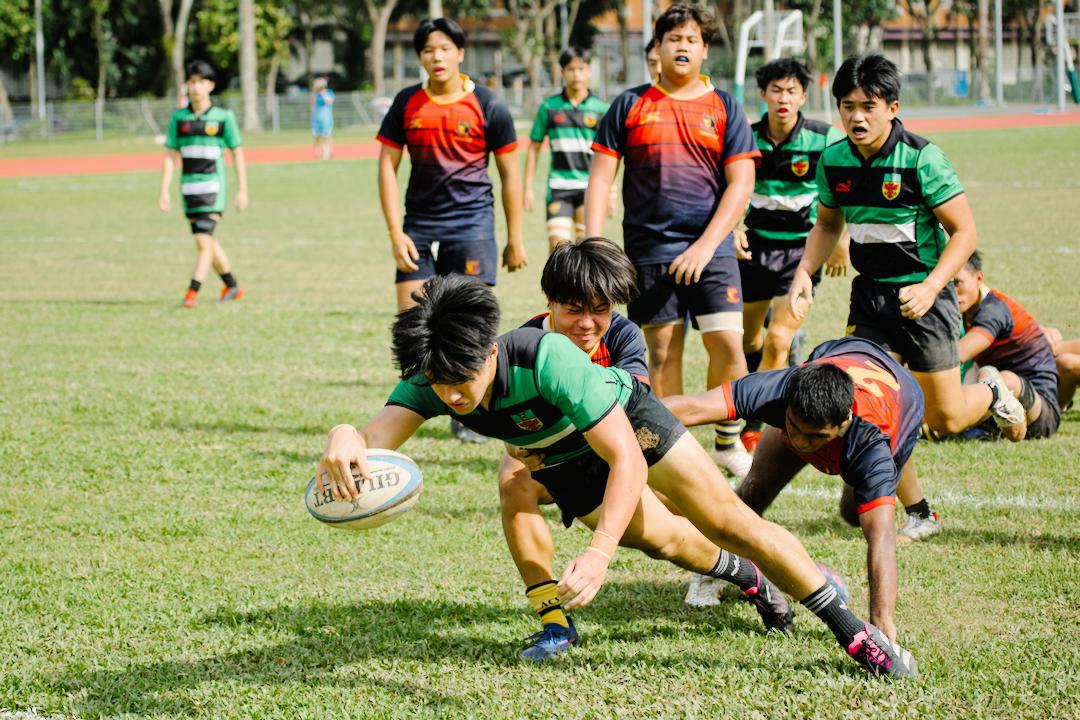
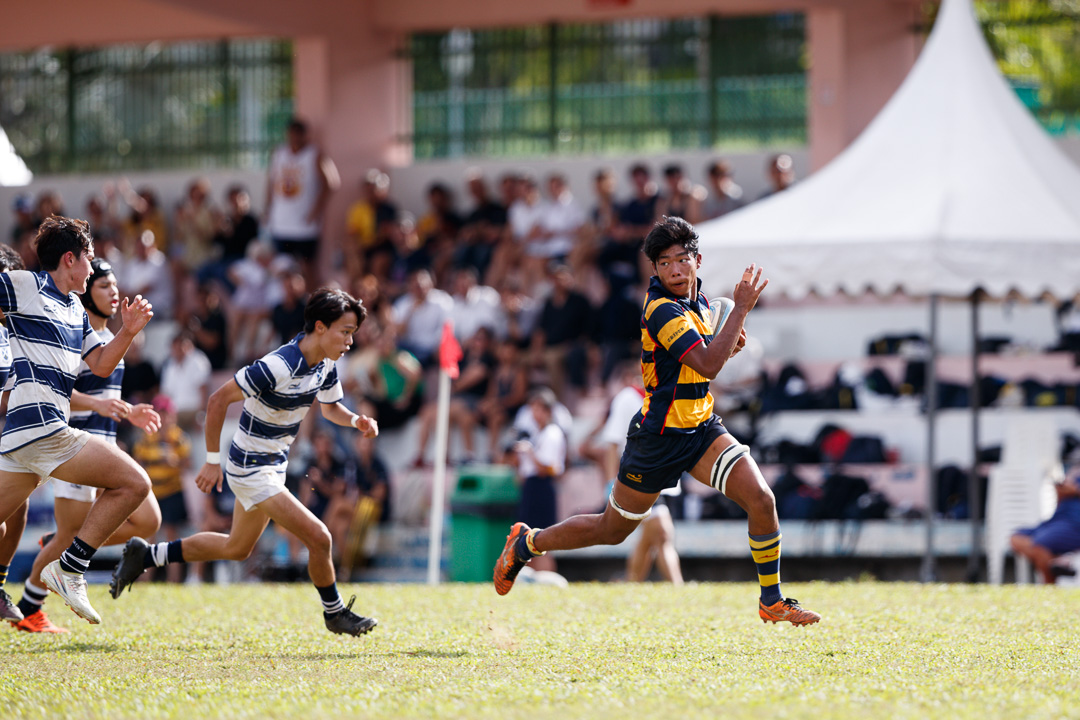
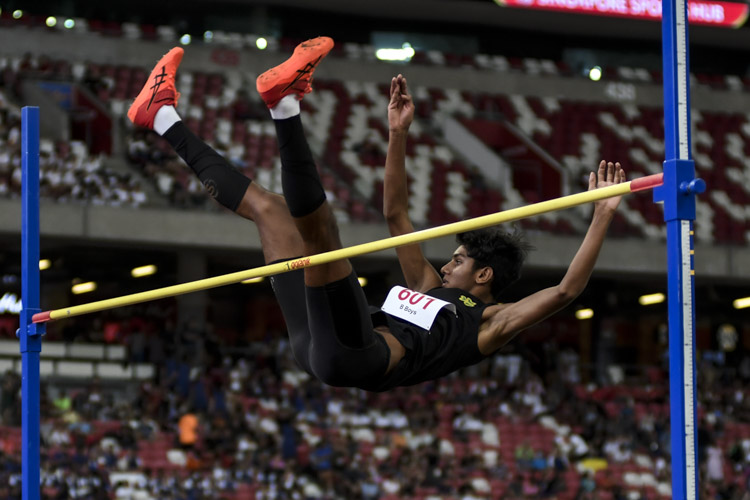

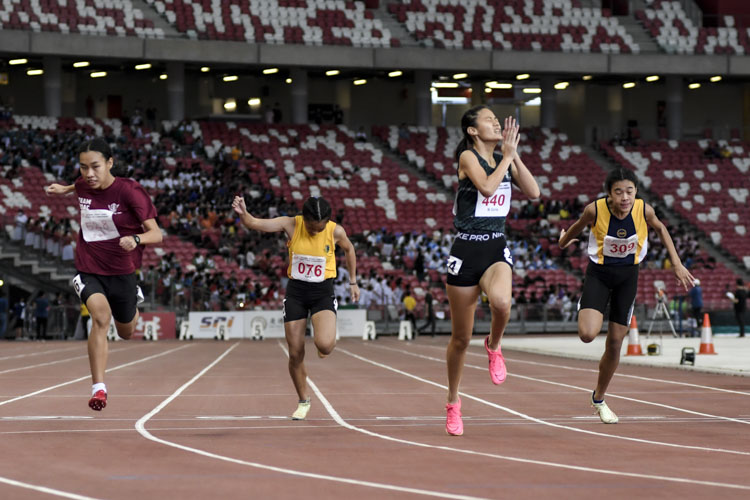
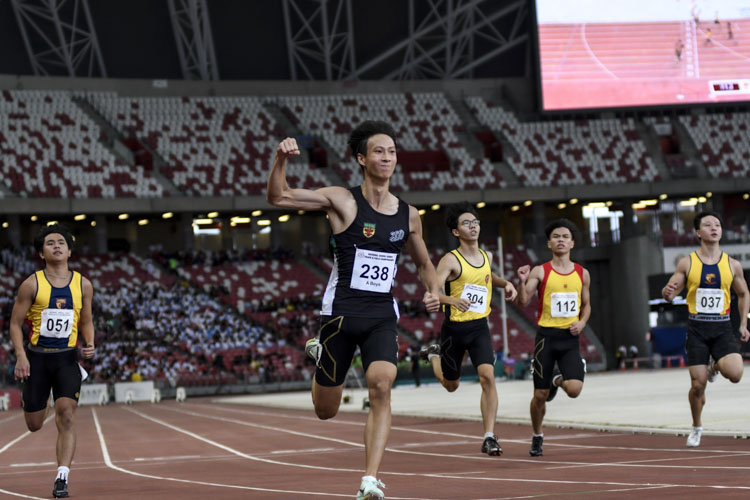
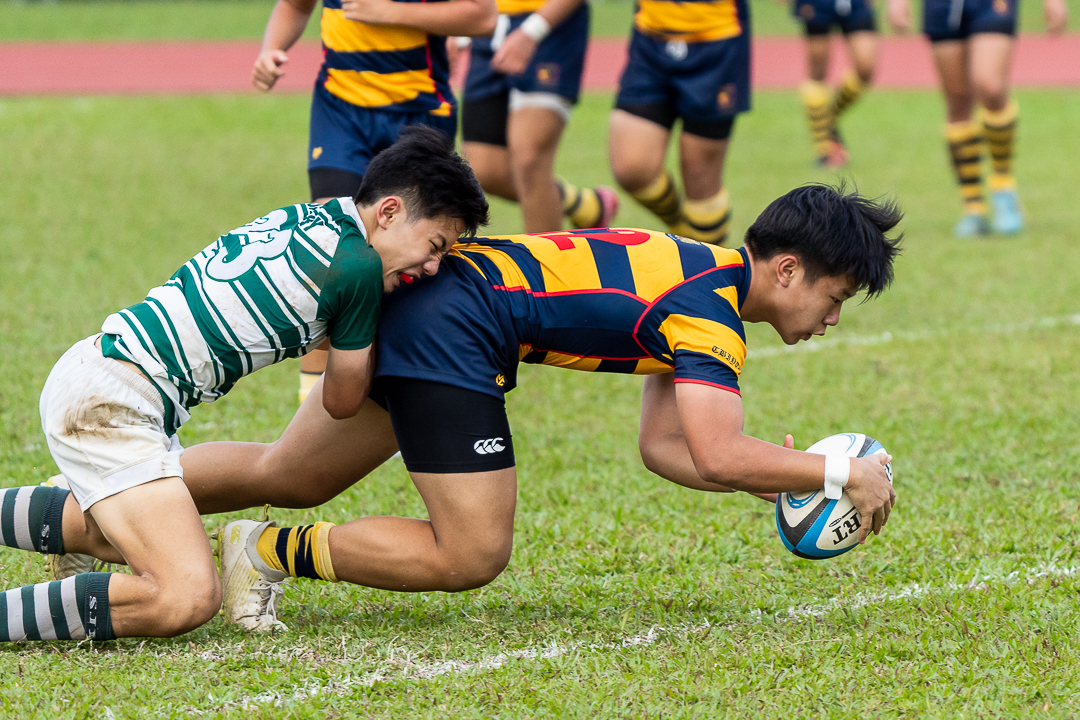
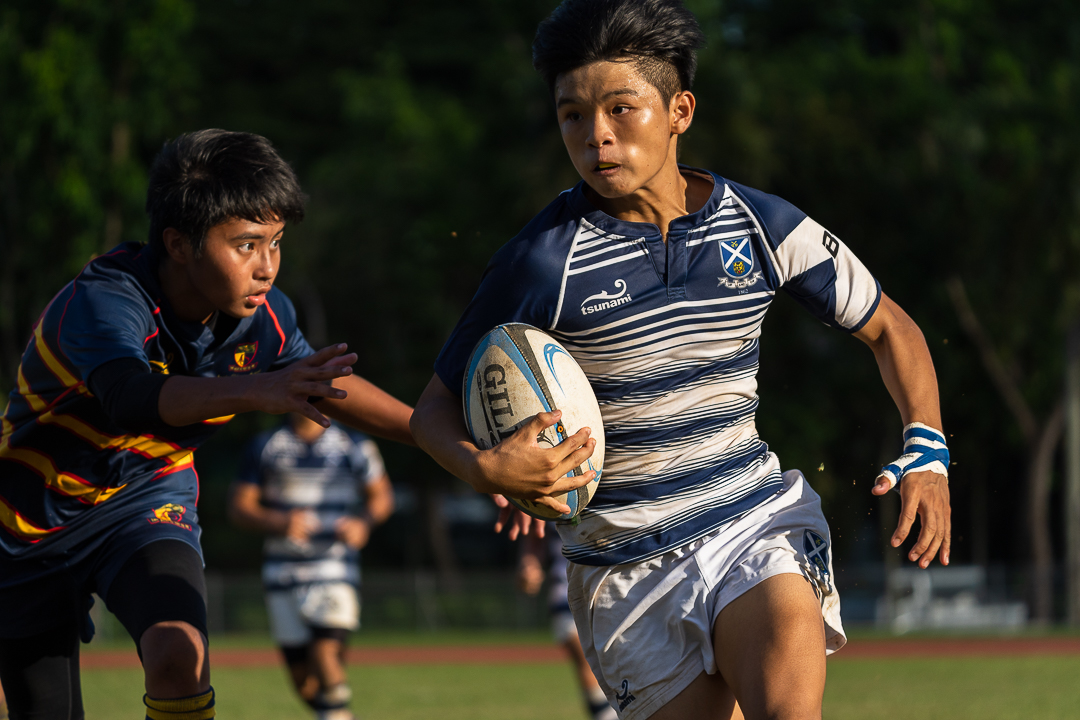
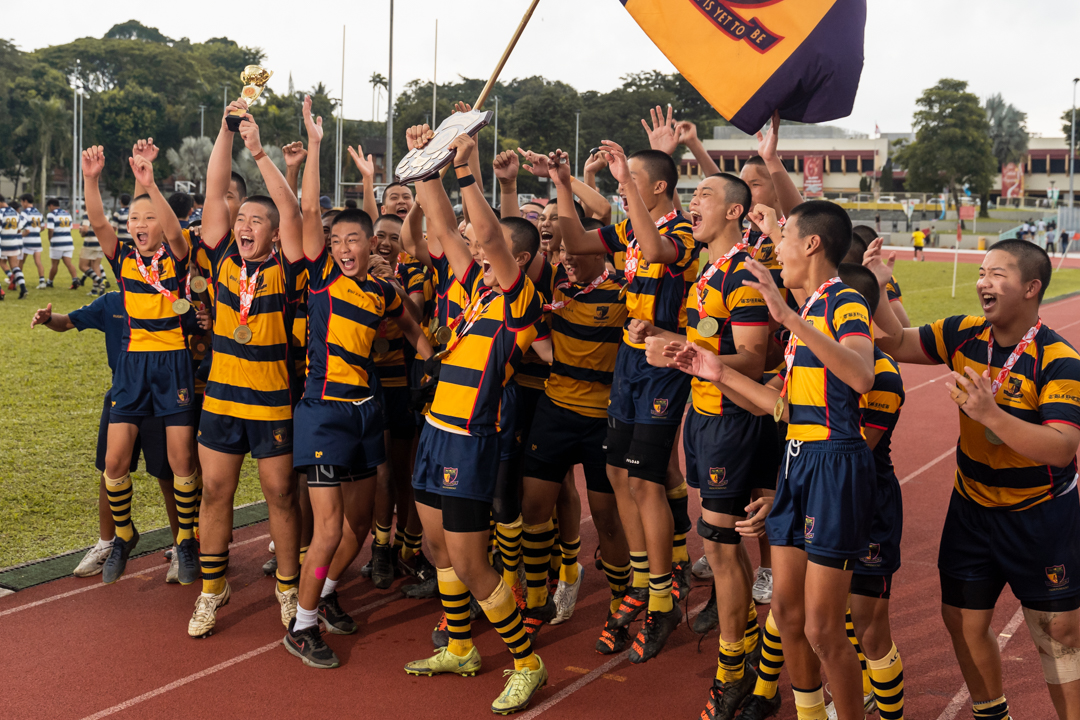
Leave A Comment